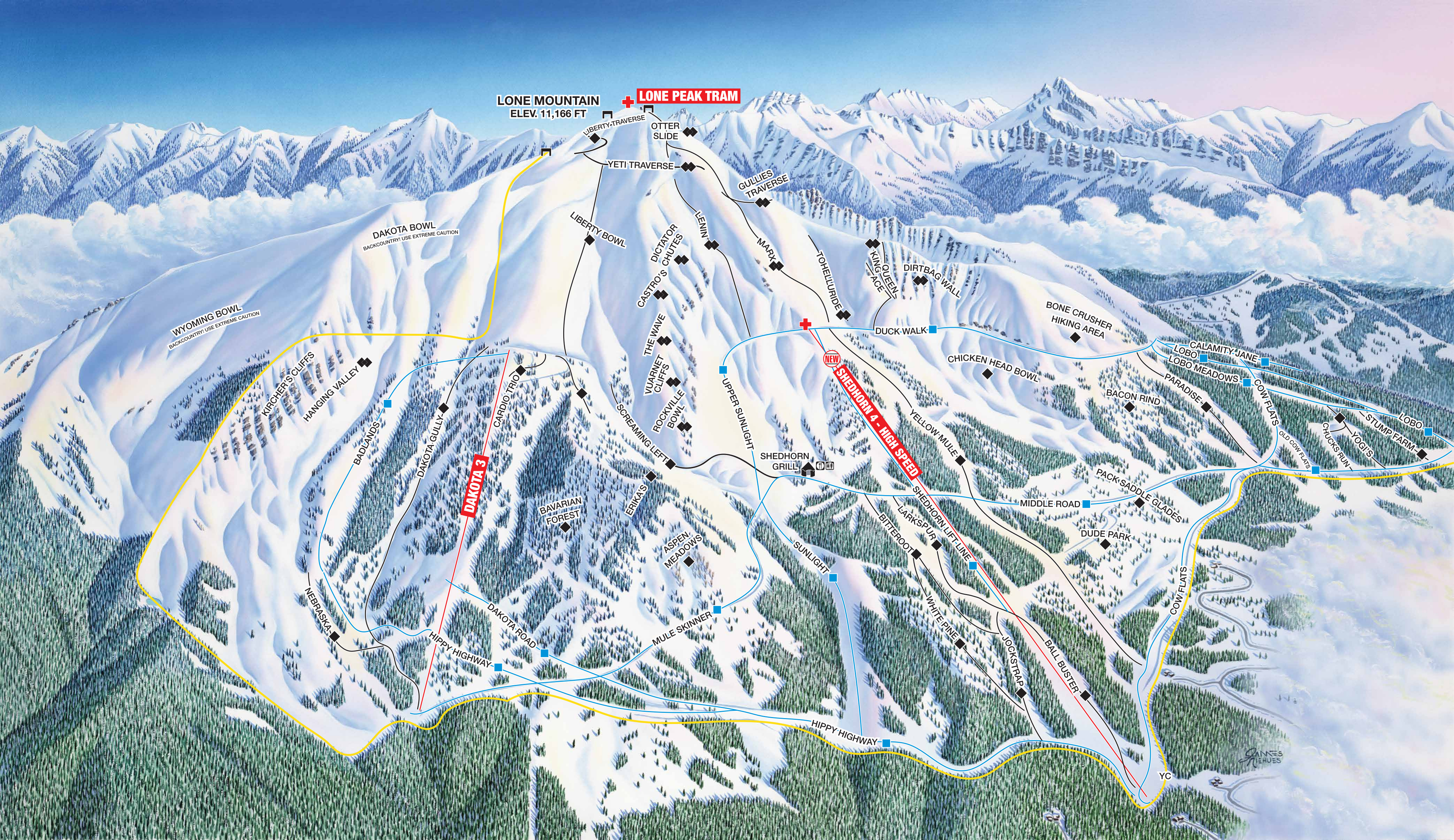Which way do you ski?
Scroll your way through the story of OpenSkiStats and visualize the methods used to assess ski area orientation.
We can do this for other ski areas too!
In addition to trail bearings, we have published data on other key metrics of a ski area like total vertical, number of lifts, and peak elevation for ski areas across the world.
In OpenSkiStats.org/ski-areas, you can search for your favorite ski area and explore all of its summary statistics. Whether you’re planning your next powder day or just marveling at the hidden patterns of the slopes, this may be a fresh way to see the mountains you love.
For example, below are the statistics of the five New Hampshire/Vermont mountains we saw earlier:
We hope this data inspires your winter adventures, helps you assess the climate resilience of distant ski mountains, or simply gives you a moment to pause and smell the roses.
Curious to learn more? Read our manuscript to explore the approach we took and dive deeper into our findings.












